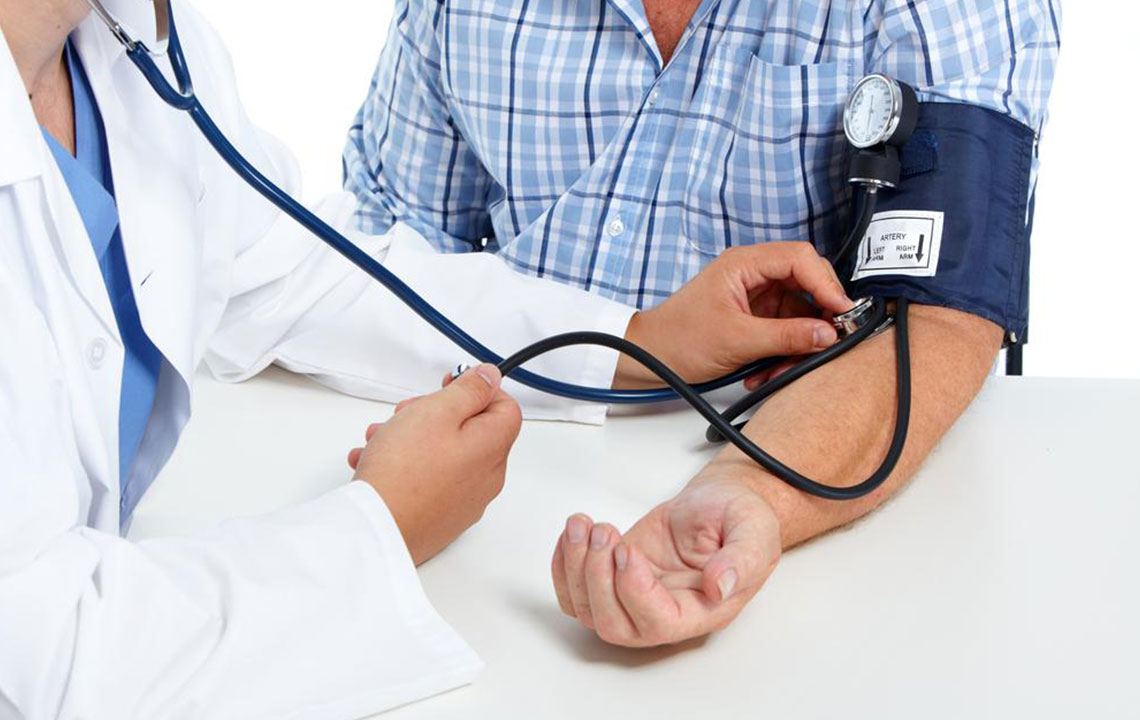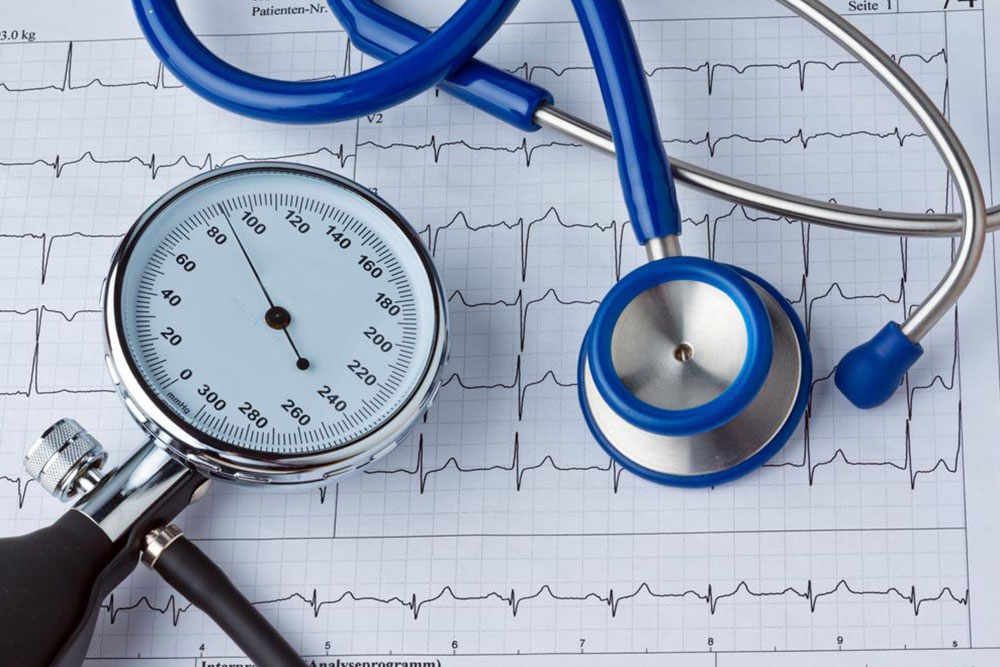Comprehensive Guide to Understanding Blood Pressure Levels and Promoting Heart Health
This comprehensive guide explores how to interpret blood pressure readings accurately and provides practical tips for maintaining optimal heart health. Covering normal ranges, hypertension stages, symptoms, and lifestyle changes, it empowers readers to take proactive steps in cardiovascular disease prevention. Regular monitoring and healthy habits are emphasized for long-term well-being and improved quality of life.

Comprehensive Guide to Understanding Blood Pressure Levels and Promoting Heart Health
Monitoring your blood pressure is a vital aspect of maintaining overall health and effectively preventing cardiovascular diseases. Blood pressure indicates the force exerted by blood against artery walls during each heartbeat, reflecting the efficiency of your cardiovascular system. Both elevated and low blood pressure levels can serve as indicators of underlying health issues that require attention. Being familiar with the normal blood pressure ranges tailored to different age groups enables early detection of potential problems such as hypertension, heart attack, or stroke. This detailed guide provides an extensive overview of typical blood pressure ranges across various age demographics, alongside practical tips on how to keep your readings within healthy limits, thereby supporting optimal heart health.
Blood pressure ranges can vary based on age and individual health conditions. For adults between 17 and 60 years old, as well as individuals over 60, the following blood pressure levels are generally regarded as normal:
Systolic (top number): Less than 120 mm Hg
Diastolic (bottom number): Less than 80 mm Hg
Elevated readings can indicate a pre-hypertensive state, prompting lifestyle adjustments to prevent progression. Specifically:
Systolic 120-129 mm Hg — Elevated blood pressure
Diastolic less than 80 mm Hg — Still within normal limits
It is important to recognize that blood pressure can fluctuate slightly due to factors like stress, physical activity, or time of day. Therefore, regular monitoring is recommended for accurate assessment.
Hypertension, or high blood pressure, is classified into stages based on specific thresholds:
Stage 1 Hypertension: Systolic between 130-139 mm Hg or diastolic between 80-89 mm Hg. At this stage, lifestyle modifications are often sufficient, but healthcare providers may recommend medication if necessary.
Stage 2 Hypertension: Systolic exceeds 140 mm Hg or diastolic surpasses 90 mm Hg. This condition warrants medical intervention, emphasizing lifestyle changes and possibly medication to control readings.
Understanding how to interpret blood pressure readings is crucial. The two numbers – systolic and diastolic – represent different phases of the heartbeat: the systolic measures arterial pressure during heart contraction, while diastolic measures pressure when the heart relaxes. Blood pressure readings are expressed as systolic over diastolic, such as 120/80 mm Hg. Maintaining readings within normal ranges is essential for overall health, as deviations can increase the risk of cardiovascular problems.
Knowing when to seek medical advice is vital. Normal blood pressure readings are typically less than 120/80 mm Hg. However, readings above this, particularly values exceeding 180/120 mm Hg, signal hypertensive crisis conditions that require immediate medical attention. Symptoms accompanying severe hypertension may include chest pain, vision disturbances, shortness of breath, dizziness, severe headaches, or facial muscle weakness. If such symptoms occur alongside high readings, prompt medical help is necessary to prevent life-threatening events like heart attack or stroke.
To maintain healthy blood pressure levels, adopting a holistic approach through lifestyle modifications is highly effective. Here are essential tips to help keep your blood pressure within safe ranges:
Follow a balanced diet: Focus on consuming nuts, seeds, lean meats, vegetables, and legumes. Limit intake of trans fats, processed foods, and red meats. Reduce saturated fats and sugar consumption, which can contribute to elevated blood pressure.
Reduce salt intake: Aim to consume not more than half a teaspoon of salt daily. Be cautious with high-salt restaurant meals and processed foods, as excessive salt intake can lead to water retention and increased blood pressure.
Engage in regular physical activity: Incorporate at least 30 minutes of moderate exercise into your daily routine to promote the production of nitric oxide, a compound that helps dilate blood vessels and lower blood pressure.
Monitor caffeine consumption: Consult your healthcare provider regarding caffeine's impact on your blood pressure, especially if you're sensitive to its effects.
Maintain consistent exercise routines: Regular, daily physical activity has a more profound impact on blood pressure regulation than sporadic high-intensity workouts.
Consistent monitoring and adherence to these lifestyle habits significantly reduce the risk of developing hypertension and support overall cardiovascular health. It is advisable to schedule regular check-ups with your healthcare provider for personalized advice and management plans tailored to your specific health profile.
By diligently following these recommendations and keeping a close watch on your blood pressure levels, you can actively contribute to maintaining a healthy heart and prevent potential cardiovascular complications. Remember, proactive health management is the key to a longer, healthier life. Consult with healthcare professionals for comprehensive assessments and personalized strategies to optimize your blood pressure and overall well-being.





